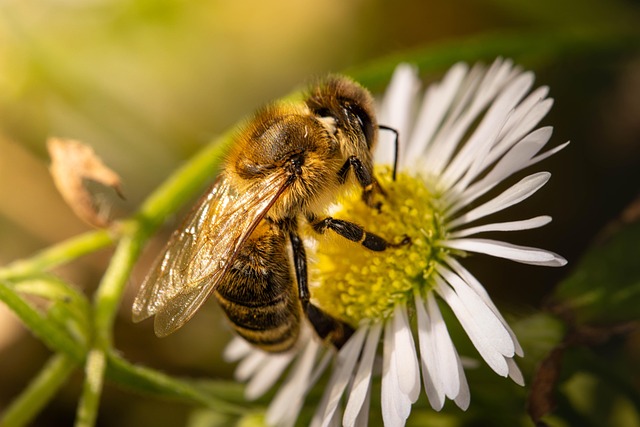As I sat in the doctor’s office, the atmosphere felt oppressive, with the ten individuals present morphing into frantic, wide-eyed caricatures of themselves. The doctor placed her hand on my knee and said, “Don’t worry, we collaborate with Make a Wish all the time.” At that moment, clarity hit me like a freight train. After three years, four months, and 26 days of relentless worry, countless therapy sessions, endless appointments, and an overwhelming number of tests, I had finally received a diagnosis for my daughter. It was the one thing I thought I longed for, yet now I realized I hadn’t truly wanted it at all.
My daughter entered the world prematurely, born six weeks and four days early on a hot July night. Her first cry resonated through the room, and she scored a nine on the Apgar test. That was the last instance of typical development I would witness. My sweet second child, my little girl, was anything but ordinary. I vividly recall sitting in the NICU, nervously asking if this was the start of a difficult journey for premature babies. The staff assured me she would be perfectly fine—just a bit delayed. HA! What a laugh! She crawled at 11 months and took her first steps at 24 months; we’re still waiting for her to speak.
By her second birthday, I received the news: she had Cerebral Palsy. At least it was manageable, I thought. It wasn’t degenerative, and if I pushed her hard enough, she would progress. And progress she did, but I learned the harsh reality that this growth would eventually plateau.
On December 13, 2013, while eight months pregnant with my third child, I walked into a chaotic scene. Ten people crowded the room, one of whom was a social worker. It was an ominous sign. There I stood, round and expectant, with my cherubic three-year-old by my side. Suddenly, the bombshells dropped: she had a genetic syndrome! It was degenerative! There were no known treatments! Her life expectancy would be shortened! It was incredibly rare, with little research to support a cure! And to top it off, my unborn child had a 25% chance of inheriting the same condition! BOOM! I could never have unprotected intimacy with my husband again! BOOM! My daughter was facing a life-threatening situation!
Then, the final blow: “Don’t worry, we work with Make a Wish all the time.” Really? Right now, I couldn’t care less about a trip to Disney!
Fast forward almost a year. My daughter continues to make strides, and thankfully, my son was born healthy and free of the syndrome (thank you, universe!). My husband and I are navigating this uncharted territory, coping in our own ways, sometimes struggling, but still moving forward. Our oldest son is starting to comprehend that his sister is different, and we address his questions as they arise. We haven’t widely shared our “Make a Wish” experience, but those we’ve confided in have been wonderfully supportive.
So, why am I sharing this? If I had a wish to make, it would simply be to not have to make a wish at all.
For more insights on parenting, you might find helpful resources on home insemination and fertility at Cleveland Clinic’s podcast or explore this guide on artificial insemination kits. If you’re looking for authority on the subject, check out this comprehensive kit.
Summary:
A mother reflects on her journey with her daughter’s diagnosis, revealing the overwhelming emotions and challenges faced along the way. Despite the difficulties, she emphasizes the importance of support and the desire to simply not have to wish for a different reality.
Keyphrase: wishful thinking in parenting
Tags: [“home insemination kit” “home insemination syringe” “self insemination”]
